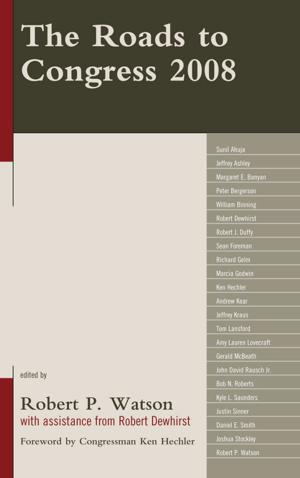Risk and Crisis Communication
Navigating the Tensions between Organizations and the Public
Nonfiction, Reference & Language, Language Arts, Communication, Social & Cultural Studies, Social Science| Author: | Laura C. Farrell, Tara B. Freed, Robert S. Littlefield, Elizabeth L. Petrun, Shalindra Rathnasinghe, Jessica Rick, Holly A. Roberts, Timothy L. Sellnow, Shari R. Veil, Nigel Haarstad | ISBN: | 9781498517904 |
| Publisher: | Lexington Books | Publication: | November 5, 2015 |
| Imprint: | Lexington Books | Language: | English |
| Author: | Laura C. Farrell, Tara B. Freed, Robert S. Littlefield, Elizabeth L. Petrun, Shalindra Rathnasinghe, Jessica Rick, Holly A. Roberts, Timothy L. Sellnow, Shari R. Veil, Nigel Haarstad |
| ISBN: | 9781498517904 |
| Publisher: | Lexington Books |
| Publication: | November 5, 2015 |
| Imprint: | Lexington Books |
| Language: | English |
Risk and Crisis Communication addresses how the interaction between organizations and their stakeholders manifests during a risk or crisis situation.Littlefield and Sellnow contend that when best practices are considered, there are certain tensions to which an organization responds. These tensions are similar to those experienced among individuals when managing their relationships. As such, Littlefield and Sellnow apply an interpersonal theory, known as relational dialectics (RDT), to risk and crisis communication and examine the outcome from the vantage point of the officials and the public. Previous research has focused on top-down, sender-oriented communication to evaluate the effectiveness of particular strategies used by spokespeople to repair public image or relay an apology. In contrast, Littlefield and Sellnow’s approach relies on culture-centeredness and suggests how cultural elements may have influenced the kinds of tensions each organization faced. Risk and Crisis Communication exemplifies the use of RDT through seven case studies, each focusing on one of the tensions, making it of interest to both scholars and organizational leaders.
Risk and Crisis Communication addresses how the interaction between organizations and their stakeholders manifests during a risk or crisis situation.Littlefield and Sellnow contend that when best practices are considered, there are certain tensions to which an organization responds. These tensions are similar to those experienced among individuals when managing their relationships. As such, Littlefield and Sellnow apply an interpersonal theory, known as relational dialectics (RDT), to risk and crisis communication and examine the outcome from the vantage point of the officials and the public. Previous research has focused on top-down, sender-oriented communication to evaluate the effectiveness of particular strategies used by spokespeople to repair public image or relay an apology. In contrast, Littlefield and Sellnow’s approach relies on culture-centeredness and suggests how cultural elements may have influenced the kinds of tensions each organization faced. Risk and Crisis Communication exemplifies the use of RDT through seven case studies, each focusing on one of the tensions, making it of interest to both scholars and organizational leaders.















